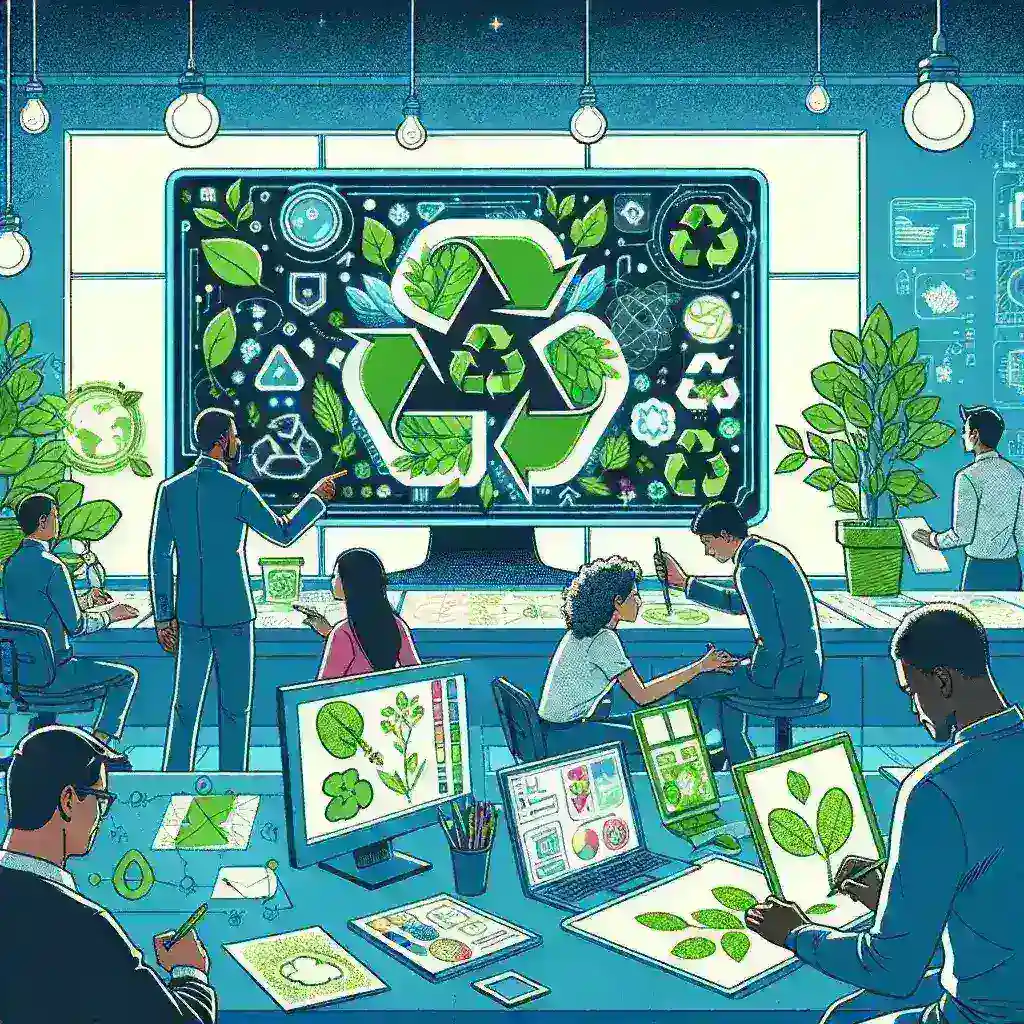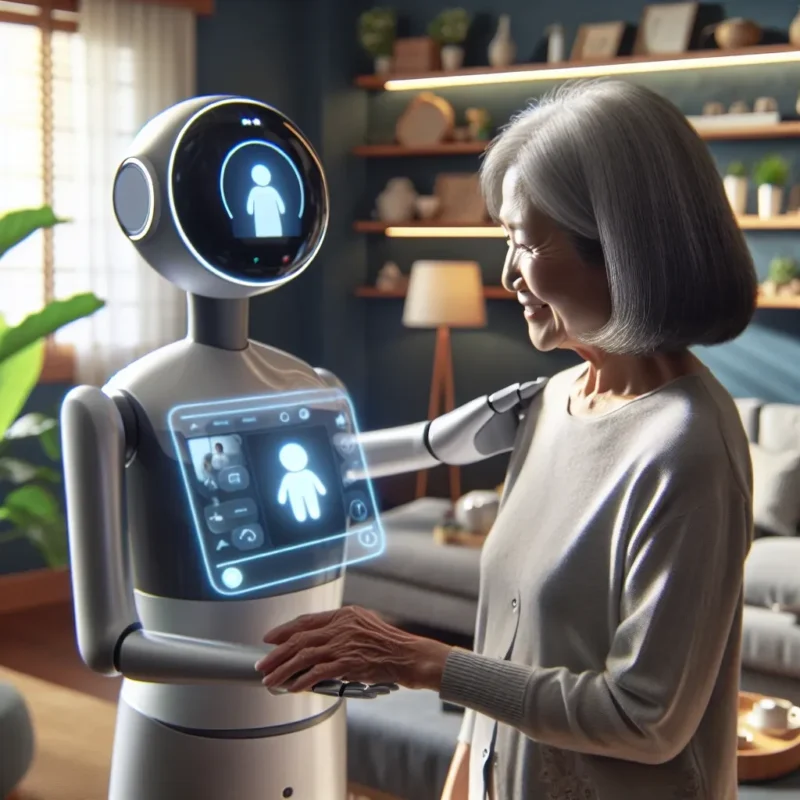Introduction
In recent years, the intersection of technology and sustainability has garnered significant attention, especially in the design world. Adobe, a leader in creative software, has taken a bold step forward by piloting AI-powered sustainability design prompts in its flagship product, Adobe Illustrator. This initiative aims to enhance the creative process while promoting environmentally conscious practices among designers in the United States. This article delves into the historical context, future predictions, benefits, challenges, and practical implications of this innovative approach.
Historical Context of Sustainability in Design
The journey towards sustainable design has evolved over decades. Early efforts focused on incorporating recyclable materials and reducing waste within the design process. However, as global awareness of climate change and environmental degradation has grown, the design community has recognized the need for more proactive strategies. In the 2000s, designers began to adopt practices that not only minimized harm but actively contributed to sustainability.
The Role of Technology
Technology has played a critical role in this evolution. The advent of powerful design software like Adobe Illustrator has revolutionized how designers create and visualize their work. Moreover, the incorporation of artificial intelligence (AI) into design tools offers new opportunities for enhancing sustainability. By harnessing AI, Adobe Illustrator can provide designers with prompts that encourage eco-friendly choices and innovative design solutions.
Introducing AI-Powered Sustainability Design Prompts
Adobe’s initiative to pilot AI-powered sustainability design prompts within Illustrator marks a significant milestone. These prompts leverage machine learning capabilities to analyze design choices and propose sustainable alternatives. For instance, if a designer selects materials or colors that are less environmentally friendly, the AI can suggest alternatives that meet sustainability criteria.
How It Works
The system operates by integrating a vast database of sustainable design practices and materials. When a designer works on a project, the AI continuously evaluates the design elements and offers real-time suggestions. This feature not only enhances the creative process but also educates designers about sustainability principles they may not have considered otherwise.
Benefits of AI-Powered Sustainability Design Prompts
- Enhanced Creativity: By offering a variety of sustainable options, designers can explore new creative avenues they might not have initially considered.
- Real-Time Feedback: The AI provides immediate suggestions, allowing for a more dynamic and responsive design process.
- Education and Awareness: Designers are educated on sustainable practices through the prompts, fostering a deeper understanding of environmental issues.
- Collaboration Opportunities: This technology encourages collaboration among designers, as they can share sustainable practices and learn from one another.
Challenges and Considerations
Despite the promising benefits of AI-powered sustainability prompts, several challenges must be addressed:
Data Quality
For the AI to be effective, it requires a comprehensive and reliable database of sustainable practices. Ensuring the accuracy and relevance of this data is crucial for the success of the initiative.
Designer Adoption
The design community varies widely in terms of technology adoption. Some designers may prefer traditional methods and resist integrating AI into their workflow. Encouraging widespread acceptance will be essential for the initiative’s success.
Balancing Creativity and Constraints
While sustainability is critical, it is essential to ensure that design creativity is not stifled by constraints. Designers must feel free to innovate while being guided towards sustainable choices.
Future Predictions
The future of AI-powered sustainability in design looks promising. As technology continues to advance, we can anticipate more sophisticated AI capabilities that further enhance the creative process. In the coming years, it is likely that:
- Increased Integration: More design platforms will integrate AI-driven sustainability features, making eco-friendly design the norm.
- Wider Industry Adoption: As awareness of sustainability grows, industries beyond design will adopt similar AI technologies to promote eco-friendly practices.
- Enhanced Collaboration: Collaborative platforms will emerge, allowing designers to share sustainable practices and ideas, fostering a community dedicated to eco-friendly design.
Real-World Examples
As Adobe pilots these new features, several U.S. projects are already showcasing the potential of AI-powered sustainable design. For example:
Case Study: Eco-Friendly Packaging
A design team tasked with creating packaging for a new organic product utilized Illustrator’s AI prompts. The AI suggested biodegradable materials and inks, resulting in a final design that was not only visually appealing but also environmentally responsible.
Case Study: Sustainable Urban Planning
In an urban planning project, designers leveraged the AI prompts to evaluate the carbon footprint of various building materials and layouts. The suggestions led to a more sustainable urban design that prioritized green spaces and energy-efficient structures.
Conclusion
Adobe Illustrator’s piloting of AI-powered sustainability design prompts in U.S. projects represents a significant advancement in the design industry. By integrating technology with eco-friendly practices, Adobe empowers designers to create while being conscious of their environmental impact. As the initiative evolves, it will likely pave the way for a new era of design where sustainability and creativity coexist harmoniously, leading to a more sustainable future for all.



